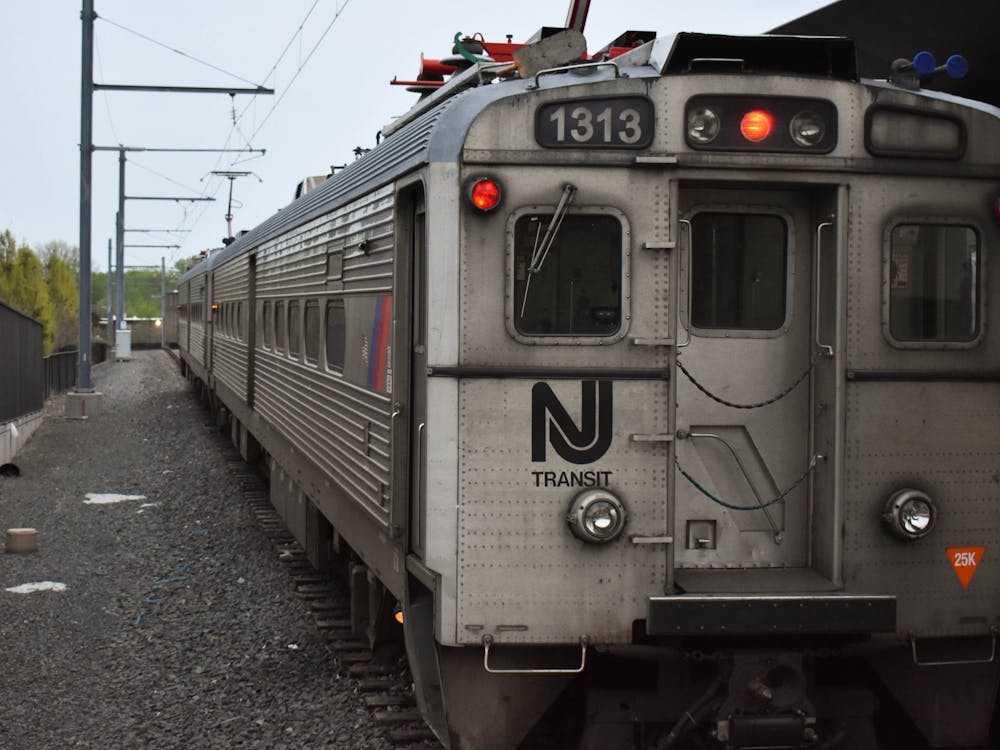While Princeton’s diverse student body rarely unifies around a single issue, nearly every student seems to have rallied against grade deflation. This forces advocates of the policy — well, the few that exist — to always be on the defensive, addressing only the apparent negatives of grade deflation without discussing the benefits. I’ll begin this defense of grade deflation by once again discussing the negatives, but I will conclude by finally going on the offensive.
One common complaint is that grade deflation compounds students’ stress. While added pressure about grades does entail added stress, this pressure encourages students to work harder and learn more. Low standards breed low results, and grade deflation is an excellent way to increase standards. If a student knows he has a guaranteed A, he has no incentive to work harder for a better grade. It’s certainly nice to relax or party, but the purpose of a university is to teach, not to entertain, so Princeton’s policies should focus on maximizing academics, not leisure. Rather than studying hard, if we want to breeze through college without much depth, receiving a high GPA and a diploma with honors, we could always go to Harvard. In the long run, however, knowledge and study skills are more useful than a high GPA. After a few years, achievement beyond graduation matters more than anything else.
Another major complaint is that grade deflation hurts our job and graduate-school prospects. While some employers and graduate schools are certainly unfamiliar with Princeton’s grading system, admission rates and job placements have actually risen slightly since grade deflation was instituted, as demonstrated by statistics in the “Grading at Princeton” pamphlet. From 2004 (the last class without grade deflation) to 2009, even accounting for the economic downturn, the percentage of seniors with full-time jobs in hand actually grew slightly, from 29.4 percent to 29.6 percent. Both medical-school and law-school acceptance rates also grew, from 92.0 percent to 93.0 percent, and 25.9 percent to 34.5 percent, respectively. Moreover, Princeton sends out a letter with every transcript explaining the grading system, and employers and graduate schools know that GPAs from different schools have different meanings. For instance, MIT has a GPA scale from 5.0 to 0.0, and nobody would compare that GPA to a 4.0 scale side-by-side. Something like MIT’s scale might actually be a useful next step for Princeton to clearly differentiate its grading scheme and increase awareness about grade deflation beyond Princeton.
On a slightly more trivial note, I’ve heard complaints that grade deflation renders the A-plus obsolete. While no statistics are released, Paolo Esquivel’s 2009 article, “A-pluses in a time of grade deflation,” mentions many examples of people with multiple A-pluses, and I know that at least two of my friends have also received A-pluses in stereotypically difficult courses. While receiving this ultimate mark is certainly difficult, it is definitely attainable.
Now that I have addressed the negatives of grade deflation, I must also discuss the two major benefits. First, it differentiates students more clearly in the top of the class. When everybody receives A’s, employers and graduate schools have difficulty distinguishing between the good and the excellent students. In 2001, 91 percent of Harvard seniors graduated with honors, prompting former dean and acting president of Harvard Henry Rosovksy to say, “Honors at Harvard has just lost all meaning. The bad honors is spoiling the good.” This absurd “honors inflation” was certainly beneficial to the students in the 50th through 91st percentiles range, but those in the top of the class were not rewarded for their hard work. Instead, they were clumped together with mediocre students. The bottom 9 percent of the class were essentially outcasts.
Princeton’s goal should not be handing out diplomas with honors but rather should be educating students and rewarding exceptional students for exceptional work. We have a 4.0 scale, so why would we only use 1 or 2 points of it? Grade inflation is excellent at highlighting the worst students, because so few students get low grades. By providing rigorous grading standards, Princeton highlights the best, not just the worst. For instance, because of the transcript letter, employers know that a Princeton student with a 3.7 GPA is an excellent student, and students are still being hired at similar or better rates. While grade deflation makes a 3.7 difficult, it is certainly achievable, and those who are able to achieve it are rewarded.
The other major benefit of grade deflation is its consistency across classes and departments. There are still certainly many kinks to be fixed in the soft quota system, but it is an excellent step in the right direction. The beauty of the system is that departments can assign a higher proportion of A grades to more competitive courses in order to maintain consistent standards across classes and departments. This allows me to place very little weight on the difficulty of grading when choosing my courses, because I know that our grades will be based on our abilities, not the professor’s arbitrary grading standards. Grade deflation discourages people from gaming the system and taking “easy” courses in which everybody gets an A. Coupled with the new pass/D/fail policy changes, these effects now encourage students to take courses that excite them, not just ones that promise A’s. While the current system is not completely flawless, the harms are negligible, and the benefits are great.
Will Harrel is a freshman from Houston, Texas. He can be reached at wharrel@princeton.edu.







